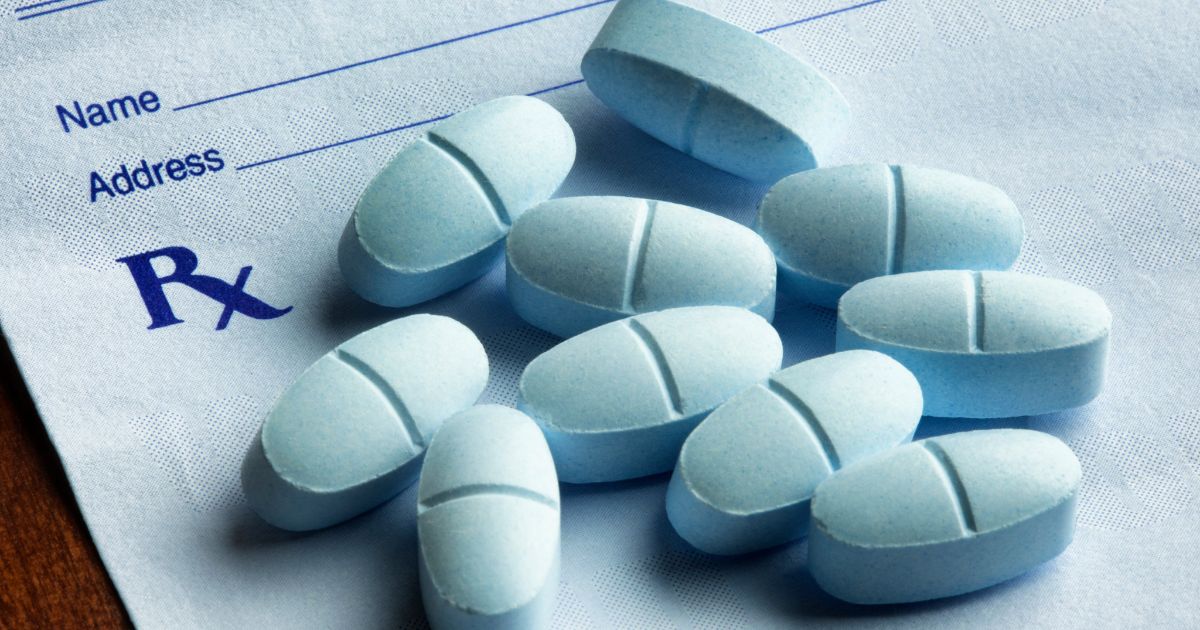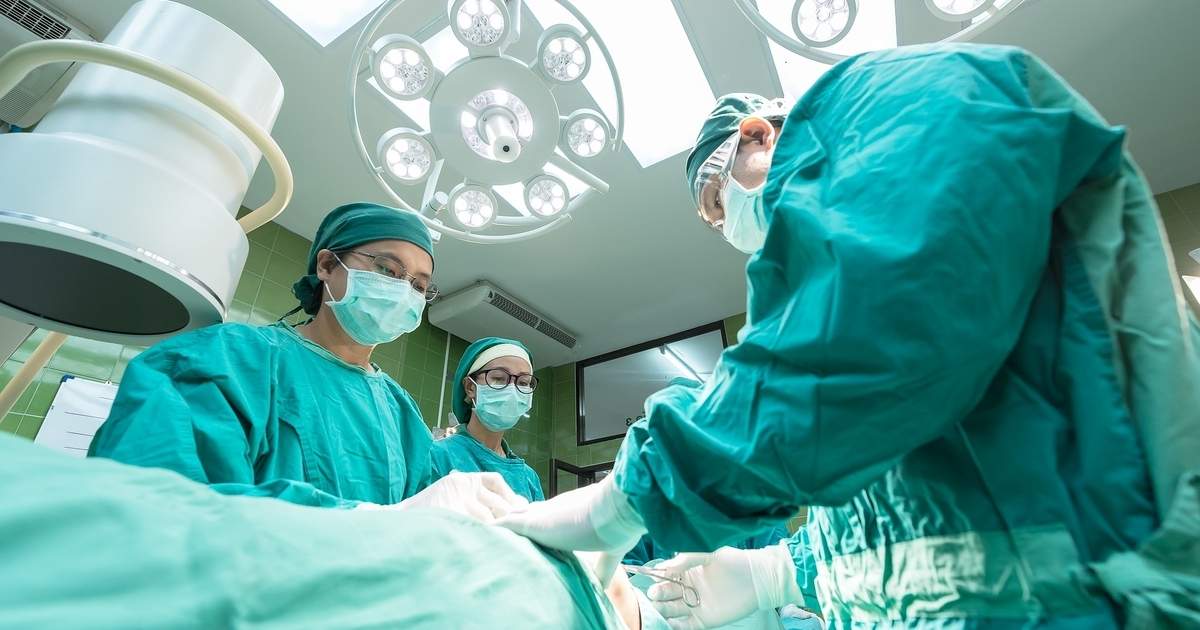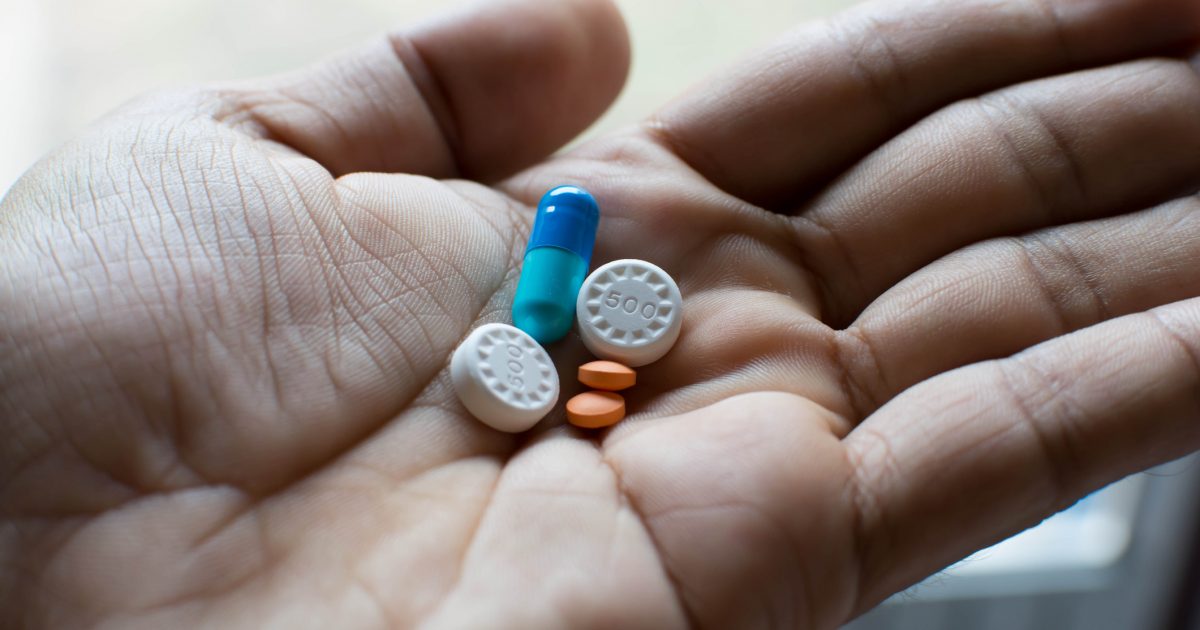Ways To Treat Epiploic Appendagitis
Epiploic appendagitis is an acutely painful condition that can affect the abdominal region. Sometimes the lining inside of the abdomen and around the organs can collect fat tissue, creating appendages located mostly along the colon. When the tissue becomes inflamed, intense pain can mimic other abdominal conditions, such as appendicitis and diverticulitis. Due to the rarity of this condition, it is often overlooked and mistaken for another health issue. Inflammation and torsion of an appendage are seen as the most likely causes of the pain. While epiploic appendagitis will typically resolve by itself, some treatments can help to reduce the pain and prevent the condition from recurring. Get to know them now.
Take Recommended Pain Relievers

Non-steroidal anti-inflammatory medications are the first line for pain relief for symptoms associated with epiploic appendagitis. Patients should take recommended pain relievers as directed to reduce the risk of side effects. Because epiploic appendagitis typically resolves itself in about a week, there should not be a high risk for complications associated with long-term use of this kind of medication. One of the prominent factors of choosing non-steroidal anti-inflammatory medication over other types of medication is that not only do they help reduce painful symptoms, they can also reduce inflammation, which is a major cause of pain in epiploic appendagitis.
Get details on more treatments for epiploic appendagitis now.
Follow A Balanced And Healthy Diet

It appears individuals who are overweight or obese are at an increased risk of developing epiploic appendagitis. Studies have shown there are a greater number of appendages in individuals who are overweight or who have just recently lost weight, increasing the risk for this condition. Not only are the appendages hanging from the colon filled with fat, but excessive fat in the abdominal region can put too much pressure on an appendage, decreasing blood flow and causing pain and inflammation. When individuals follow a balanced and healthy diet, they can maintain a healthy weight or lose weight to reduce the risk of developing epiploic appendagitis.
Continue reading to learn more about how to treat epiploic appendagitis now.
Practice Portion Control

Managing the amount of food individuals eat at one time can be an important factor in reducing the risk of developing epiploic appendagitis in two ways. When individuals eat less at a meal, they are consuming fewer calories, which can help individuals lose weight or keep up with a healthy weight. Additionally, it has been shown eating larger meals can place a lot of pressure on the intestines, often altering blood flow in the region. This can lead to a cut off of the blood supply to appendages along the colon, resulting in inflammation and pain from epiploic appendagitis. Portion control, therefore, can help reduce the likelihood of this condition.
Discover more options for treating epiploic appendagitis now.
Surgical Intervention Options

While very rare, it might be necessary to look at surgical options when dealing with epiploic appendagitis. If patients are bothered by recurrent bouts of inflammation and pain, they may be recommended to undergo a surgical procedure to have the bothersome appendage removed. This will reduce the risk of flareups in the future. Surgery may also be necessary when loss of blood flow to an appendage results in tissue necrosis. In this case, the offending appendage and any damaged tissue will be removed. Laparoscopic surgery is preferred for surgical intervention options in most cases, reducing the size of the incision, recovery time, and risk of surgical complications.
Get to know more about ways to treat epiploic appendagitis now.
Take Antibiotics If Needed

As a self-limiting condition, epiploic appendagitis usually goes away on its own without the need for antibiotics. However, if there is an infection or a high risk of developing an infection, antibiotics may be necessary. Additionally, if a patient's case is caused by an underlying condition, they may not experience relief until that is treated. In these cases, antibiotics may be necessary. Once the underlying condition is treated, the symptoms associated with epiploic appendagitis will generally resolve themselves. Patients should notice an improvement within a few days of taking an antibiotic, with noticeable recovery in a week or so.
